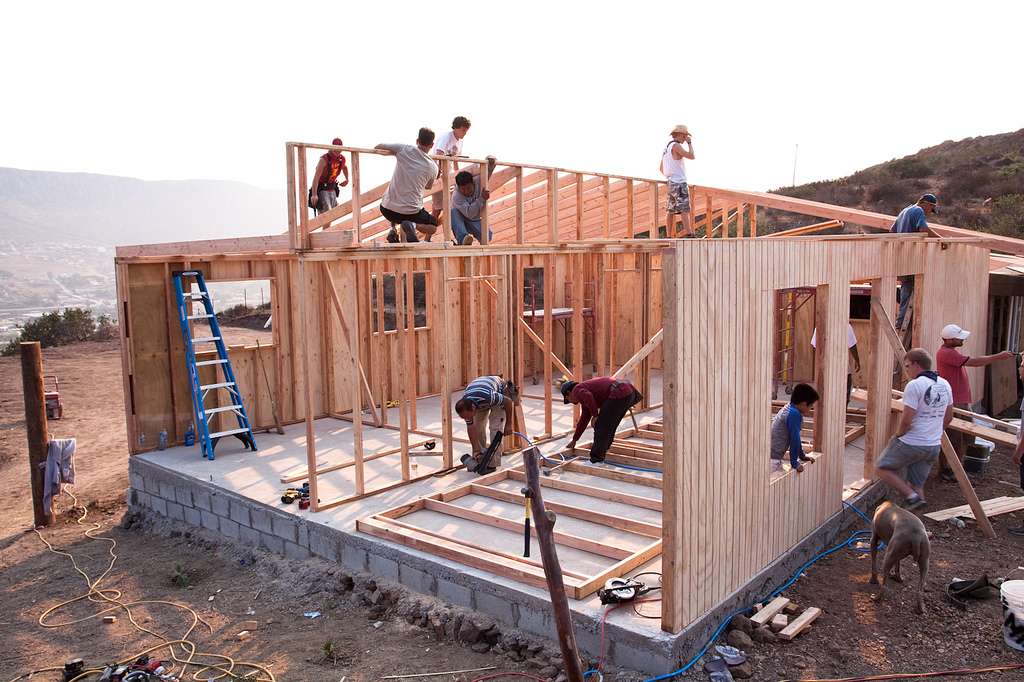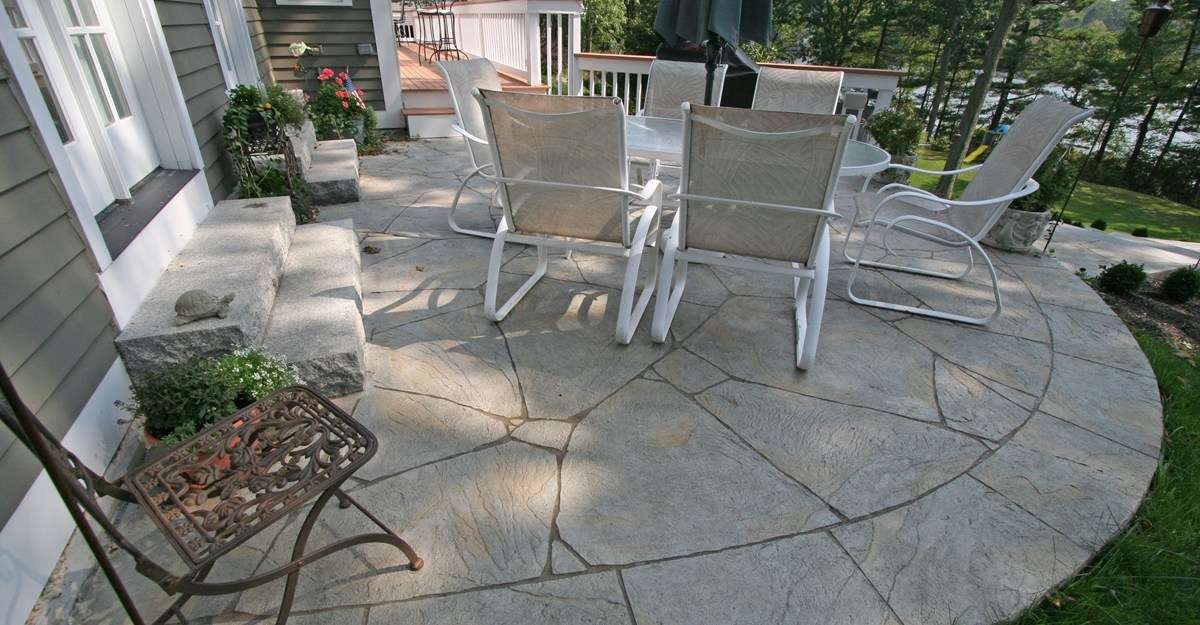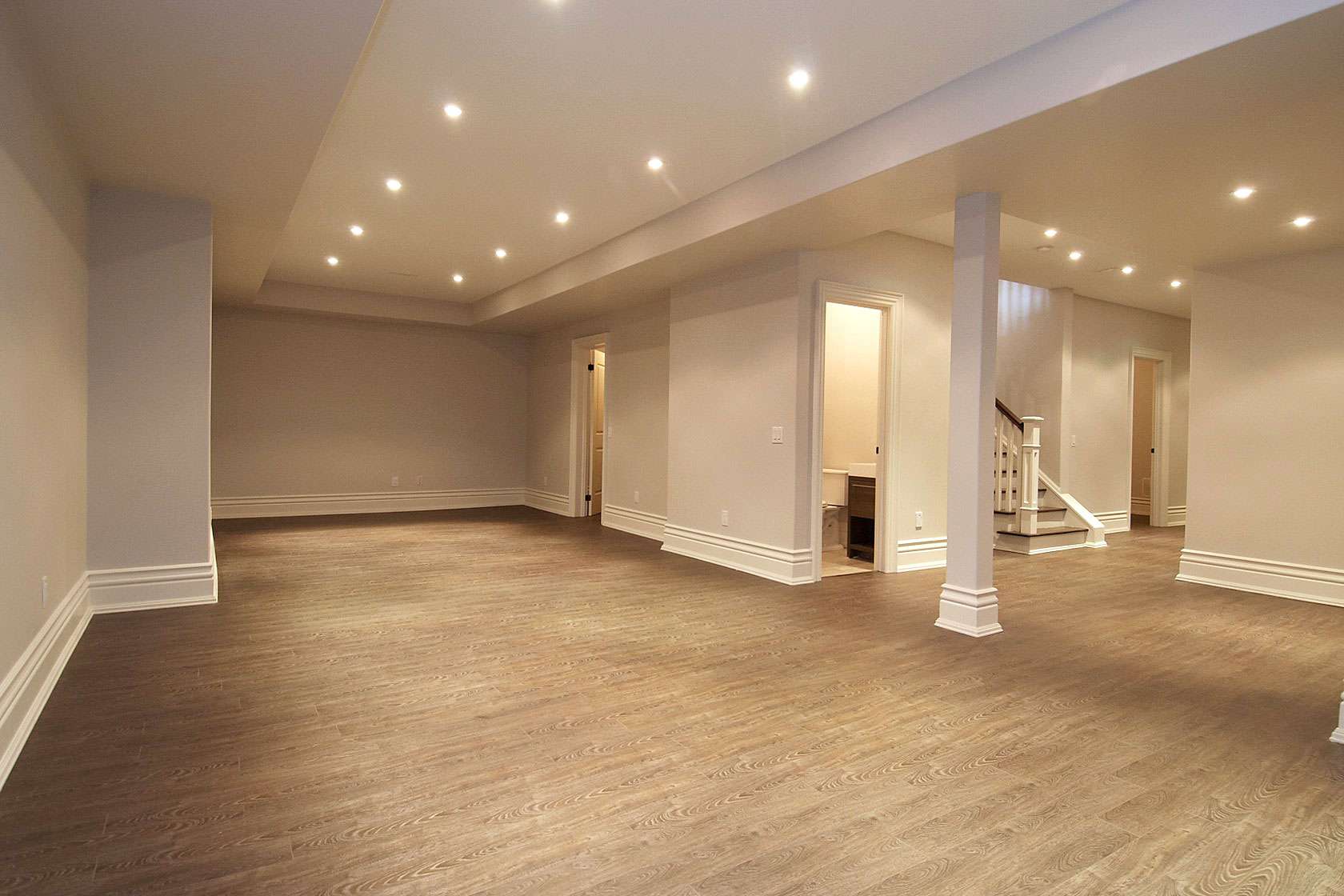Foundation Waterproofing
Why is foundation waterproofing important? We know how important water is to keeping our bodies and our planet healthy. In fact, just about everything we’ve ever been taught about water included words about how good water is and how we need to drink certain amounts of it each day and how water is the building block of life. What we usually don’t hear about is how water can also be corrosive and spell danger to our buildings and other structures. Without foundation waterproofing, you are putting your home or building in serious structural danger.
Water has a way of finding even the tiniest crevice or crack. It flows horizontally through ground so there is no way of avoiding water coming into contact with your home. If, however, you make sure that you take your foundation seriously, you will be able to ensure that instead of water working its way into your home, it simply flows around and under your home as it moves through the ground.

The two biggest dangers of having water invade your home are mildew and mold. Mildew and mold can eat away at the structural integrity of your home. The spores spread across surfaces making them dangerous to touch. Some molds are even dangerous to breathe and you can be sure that you are in for some expensive repairs should mold find its way into your home.
Just as you wouldn’t eat moldy food, you do not want to live in a moldy house. Mildew can also be destructive. Mildew is often found where water has come into direct contact with a porous surface. It is what turns the grout in your shower tile black. Just as you don’t want it to take hold of your shower, you don’t want it latching on to your foundation.
There is more to foundation waterproofing than the spraying on of the black “waterproofing” that many building companies offer. In fact, there are several methods of basement waterproofing available and there is no such thing as “too much” waterproofing, especially when it comes to your home!
Your first priority should be installing a well made foundation drainage system. This will keep ground water from running directly into your foundation and encourage the water to, instead, flow around your foundation.

Typically, the foundation drainage system is at least three feet of large gravel poured around your foundation’s drain’ tile. The gravel is then covered with a minimum of four inches of tar paper or straw before the backfilling begins.
Many people seem to think that foundations are naturally impenetrable. It is this thinking that causes so many homes to be structurally unsound or to need new foundations before they should. By being meticulous in your waterproofing you are ensuring that your home is structurally sound, safe to live in and protected against corrosive agents like mildew and mold. Don’t let anybody convince you that foundation waterproofing is a superfluous expense. It will be the best money that you will ever spend on your home.
Read More








